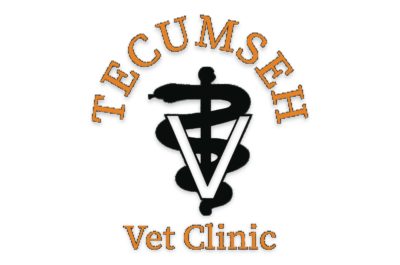Parvovirus
Parvovirus
What is Parvo?
Parvo is a deadly disease caused by a virus that mostly affects unvaccinated puppies less than 1 year of age, although it occasionally affects older dogs as well. It can also affect wolves, coyotes, foxes, and skunks. Cats get another strain of parvovirus that causes Panleukopenia, a completely different disease. Unfortunately, although this disease is almost entirely preventable through proper vaccinations, we see many, many cases of parvo in our practice.
How do dogs get Parvo?
Parvovirus is spread from dog to dog through contact with feces. However, unlike most viruses, the virus that causes parvo can survive outside of the host in the environment for up to 6 months. Because of this, the virus is considered to be widespread and many dogs get sick that were never around another dog that had parvovirus. You can pick it up on your shoes while visiting public places and bring it home to your dogs. The virus enters the dog’s mouth and is swallowed, where it then invades the cells that line the small intestine. There the virus replicates which causes these cells to rupture. On a microscopic level, the dog sheds the lining of the small intestine, resulting in the dog not wanting to eat or drink, severe vomiting, and profuse bloody, watery diarrhea.
What are the symptoms of Parvo?
Symptoms come on very quickly, usually starting with the puppy not wanting to eat, then progressing to profuse vomiting and severe watery diarrhea that eventually turns bloody with bright red blood. The disease will usually run its course within 7 days from the onset of clinical signs. The biggest cause of death during this time is dehydration due to fluid loss from vomiting and diarrhea. We also see dogs get septic from intestinal bacteria being allowed to cross into the bloodstream through the damaged intestinal wall.
How to diagnose Parvovirus?
Your veterinarian has a test that can quickly diagnose parvovirus in feces once the dog becomes symptomatic. However, as the virus is only intermittently passed in the stool this test does sometimes produce false-negative results. A negative parvo test doesn’t completely rule out the disease.
Is Parvo treatable?
For the most part, treatment involves supportive care. We typically start the puppy on antinausea medications to try and stop it from vomiting and on antibiotics to prevent bacterial septicemia. We also try and have their owners give them oral fluids at home to try and prevent dehydration. In severe cases, infected puppies may require hospitalization and IV fluids, although this can become quite expensive. PREVENTING PARVO IS FAR EASIER AND CHEAPER THAN TREATING IT!!!!!!!!
VACCINATE, VACCINATE, VACCINATE, VACCINATE
We start vaccinating puppies for parvovirus at 6 weeks of age and then booster the vaccine at 8 weeks, 12 weeks, and 16 weeks of age. All puppies receive some degree of protection early in life from the antibodies they receive from their mother’s milk. Vaccines earlier than 6 weeks of age are not effective due to these maternal antibodies still being present. These antibodies wear off in every puppy at some time between 6 and 16 weeks of age. We vaccinate them multiple times during this period to try and catch that window where the maternal antibodies have worn off and the vaccines will be effective. After the vaccine is given, it then takes 10-14 days before the puppy’s immune system mounts a full immune response to the vaccine. The booster shots then provide further immunity. It is extremely important to finish the entire puppy series. The puppy is not fully protected until the series is finished.
It is important to note that the vaccine functions as a preventative, not a treatment. Once the animal is exposed to the virus, vaccination will not prevent disease or lessen the severity of symptoms.
